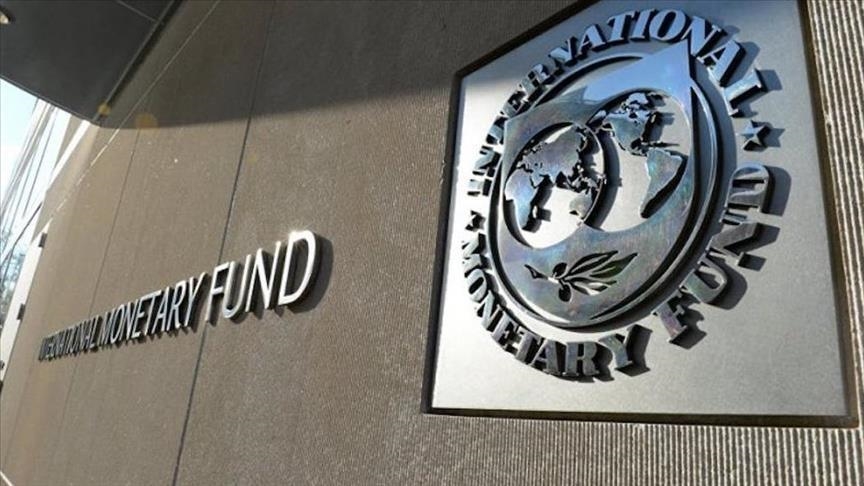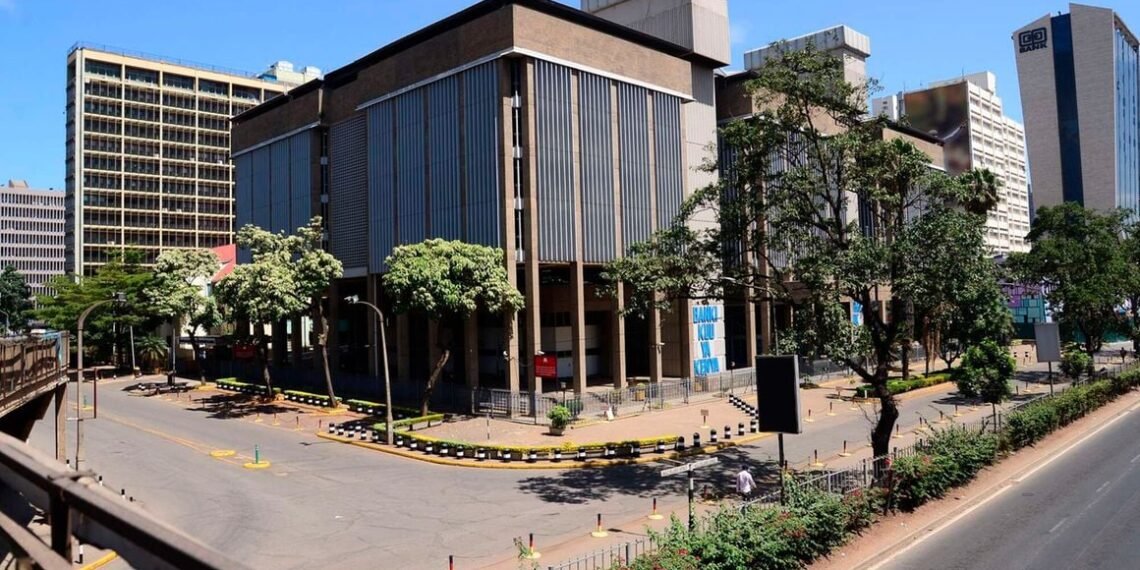Kenya has successfully raised $1.5 billion through the issuance of new bonds as part of a broader effort to extend debt maturities and reduce refinancing costs. The bonds include a seven-year note priced at 7.875% and a twelve-year note at 8.8%, producing a combined interest rate of 8.7%.
Chris Kiptoo, the principal secretary at the Treasury, said strong demand from investors helped drive the favorable outcome, with bids surpassing $7.5 billion. He added that the reduced cost compared to earlier in the year would provide a crucial fiscal cushion. “This move eases pressure on taxpayers, boosts investor confidence and creates fiscal space to fund key development priorities,” Mr Kiptoo said in a statement.
The government intends to use part of the proceeds to repurchase $1 billion of a February 2028 bond, reinforcing its strategy of restructuring short-term debt obligations. Officials noted that this approach aligns with the country’s broader commitment to make repayments more sustainable as its debt remains close to 70% of GDP.
Kenya has been actively revamping its debt management strategy after a turbulent period last year, when the shilling came under sharp pressure ahead of a major Eurobond maturity in June. Market concerns about repayment capacity pushed borrowing costs higher at the time. The new approach relies on issuing amortizing bonds, designed to avoid the large one-off “bullet” payments that previously rattled investors.
Earlier this year, authorities also bought back another bond maturing in 2027, taking a proactive stance to ease near-term refinancing risks. In addition, the government is preparing a groundbreaking $1 billion debt-for-food-security swap expected by March 2026, an innovative instrument that will allow fiscal obligations to be tied directly to development outcomes.
At the same time, officials are working closely with international partners. A mission from the International Monetary Fund is currently in Nairobi for talks over a potential new Fund-supported program, following the expiration of the last arrangement in April. The new engagement is seen as critical to underpinning confidence among global investors and to support Kenya’s reform agenda.

Growth Accelerates Amid Economic Reforms
The government’s debt restructuring drive comes against a backdrop of strong economic momentum. Data from the second quarter of 2025 show the economy expanded by 5.0%, up from 4.6% during the same period last year. Officials have credited these results to the Bottom-Up Economic Transformation Agenda, a policy framework designed to spur industrialization, improve infrastructure, and generate new jobs.
Analysts note that the strategy has helped to channel investment into sectors with high employment potential while reinforcing Kenya’s role as a regional economic hub.
Inflation has also eased, providing welcome relief to households. Consumer prices dropped to 3.9% in the second quarter of 2025 from 4.9% a year earlier, largely due to lower food and non-alcoholic beverage costs. The decline in inflation encouraged the Central Bank of Kenya to cut benchmark lending rates twice during the year, a move aimed at stimulating borrowing, investment, and broader economic activity.
Employment trends have improved as well, with the private sector adding new jobs, particularly in agriculture and manufacturing. While the construction sector recorded some job losses, economists say the overall labor market trajectory is encouraging. Projections indicate that growth will likely reach 5.6% by the end of 2025, reflecting resilience in the face of global trade tensions and climate-related challenges.
Kenya’s gross domestic product in purchasing power parity terms is estimated at $532 billion this year, cementing its status as the largest economy in East Africa. With debt management reforms underway, inflation moderating, and growth accelerating, the country appears to be charting a steadier recovery path.
READ ALSO: Nuclear Power Ghana Rejects Floating Reactors, Backs Land-Based






















